Optimal Timing for Basement Joist Repairs
Understanding the optimal time for basement joist repairs is essential for ensuring structural stability and minimizing long-term damage. The timing depends on factors such as seasonal weather conditions, the severity of damage, and the presence of moisture or mold issues. Addressing issues promptly can prevent costly repairs and extensive foundation problems.
Spring and summer are ideal for repairs due to warmer weather and lower moisture levels, which help in effective drying and curing of materials.
Immediate repair is necessary if there are visible cracks, sagging, or water damage in the joists to prevent further structural deterioration.
Avoid repairs during extreme cold or wet conditions, as these can hinder proper installation and curing processes.
Scheduling repairs during periods of low activity minimizes disruptions and allows for thorough inspection and work completion.
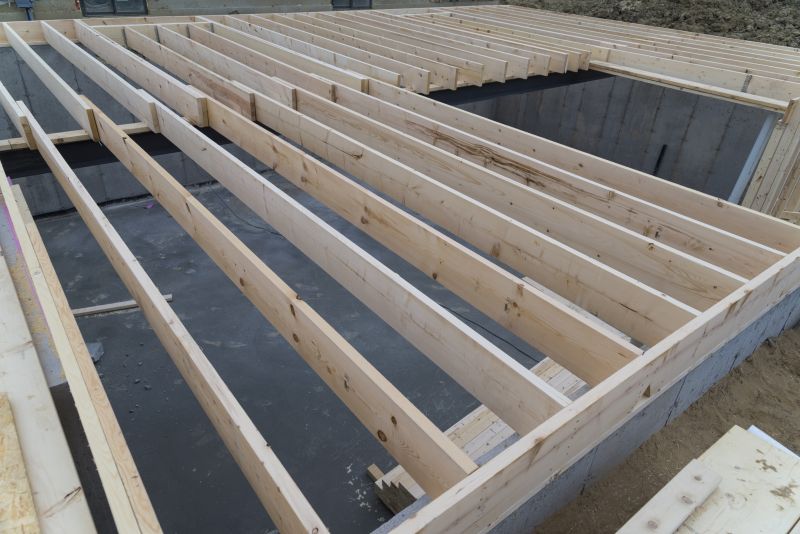
Regular inspections help identify early signs of damage, ensuring timely repairs.
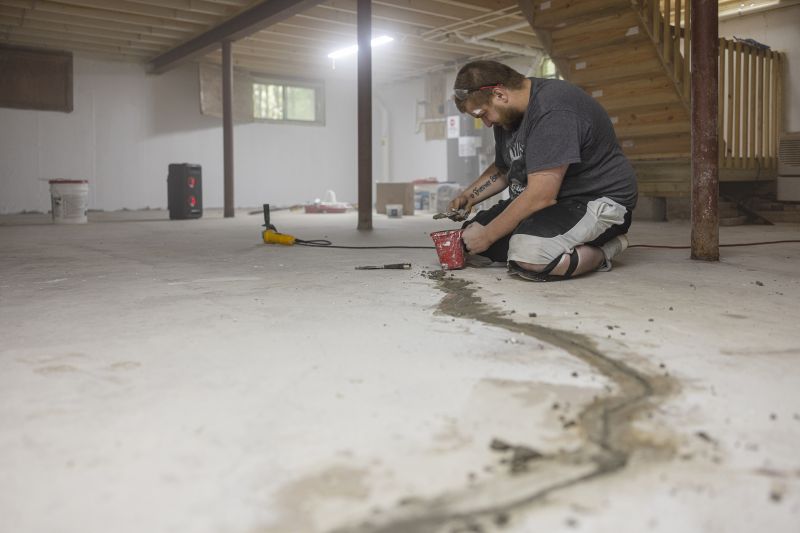
Properly timed repairs involve removing damaged joists and installing new, stable supports.
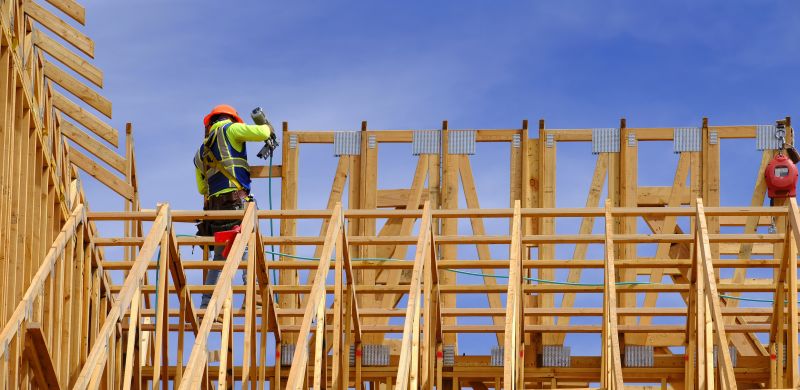
Reinforcing joists during optimal weather conditions ensures long-lasting stability.

Ways to make Basement Joist Repairs work in tight or awkward layouts.
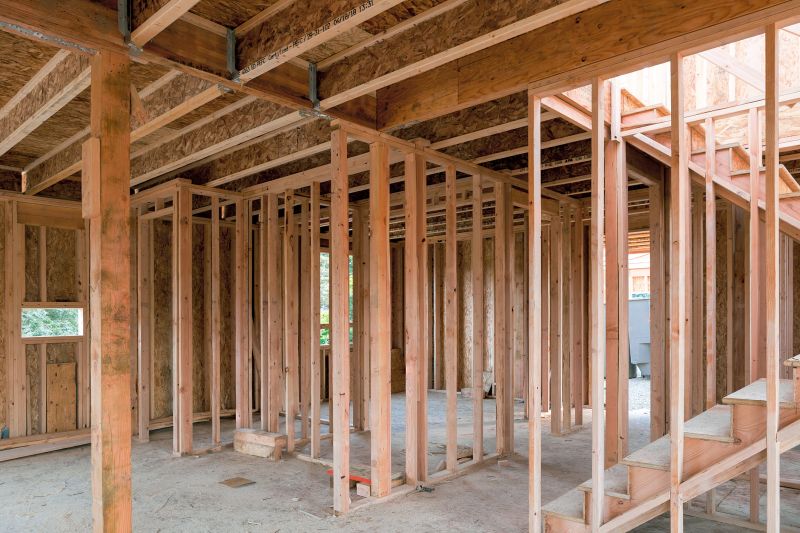
Popular materials for Basement Joist Repairs and why they hold up over time.
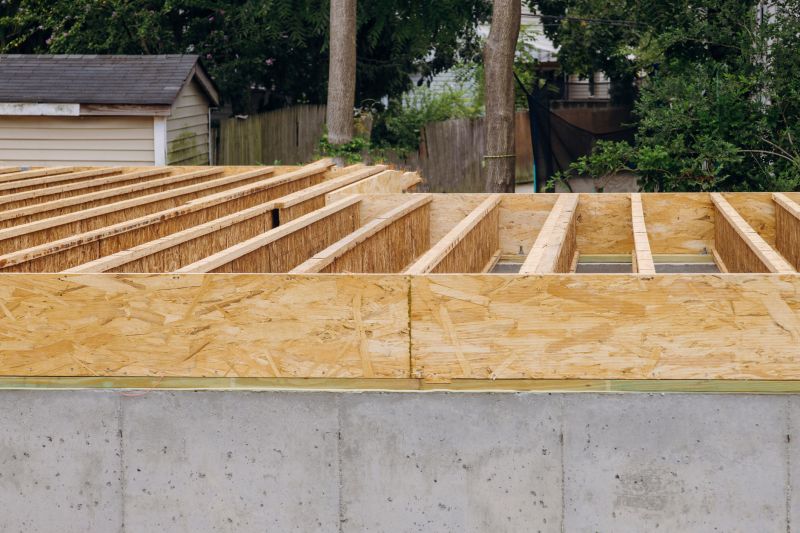
Simple add-ons that improve Basement Joist Repairs without blowing the budget.

High-end options that actually feel worth it for Basement Joist Repairs.
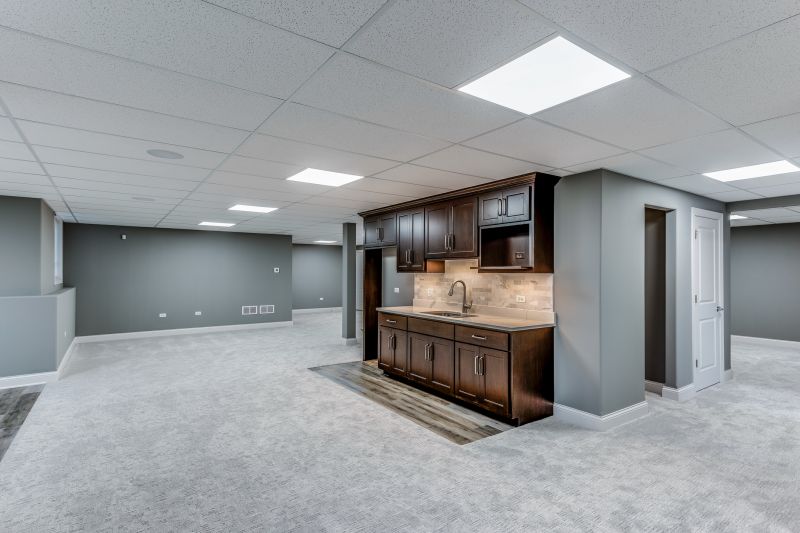
Finishes and colors that play nicely with Basement Joist Repairs.
| Season | Recommended Action |
|---|---|
| Spring | Ideal for repairs due to dry weather and moderate temperatures. |
| Summer | Optimal for completing repairs with warm, dry conditions. |
| Fall | Suitable if weather remains stable; avoid late fall before cold weather. |
| Winter | Generally discouraged unless climate permits indoor or controlled environment work. |
Basement joist repairs are a critical component of maintaining the structural integrity of a building. Joists support the weight of the floor above and transfer loads to the foundation. Over time, joists can weaken due to moisture exposure, wood decay, or pest infestation. Repairing or replacing damaged joists restores stability and prevents further deterioration that could lead to costly foundation issues.
Statistics indicate that untreated joist damage can lead to significant structural problems, with repair costs increasing substantially if issues are not addressed early. Proper timing and professional assessment are vital to ensure repairs are effective and durable.
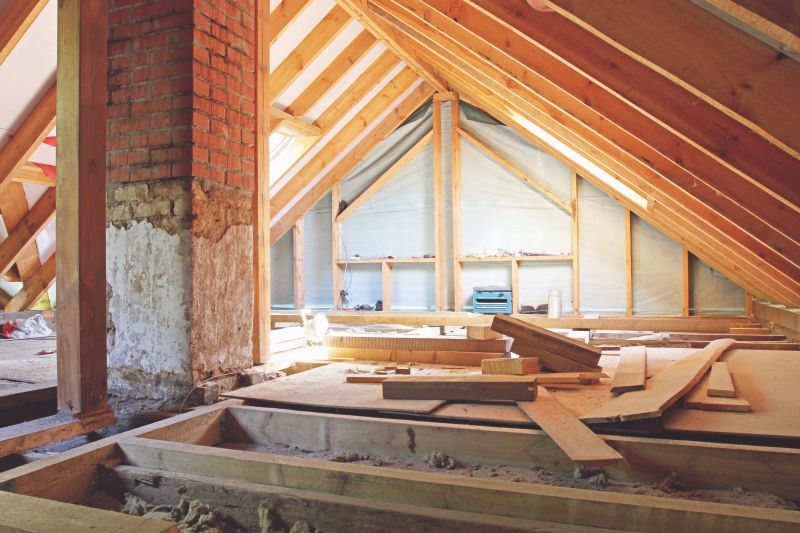
Visible signs of rot and sagging indicate the need for repair.

New joists installed during optimal conditions ensure longevity.
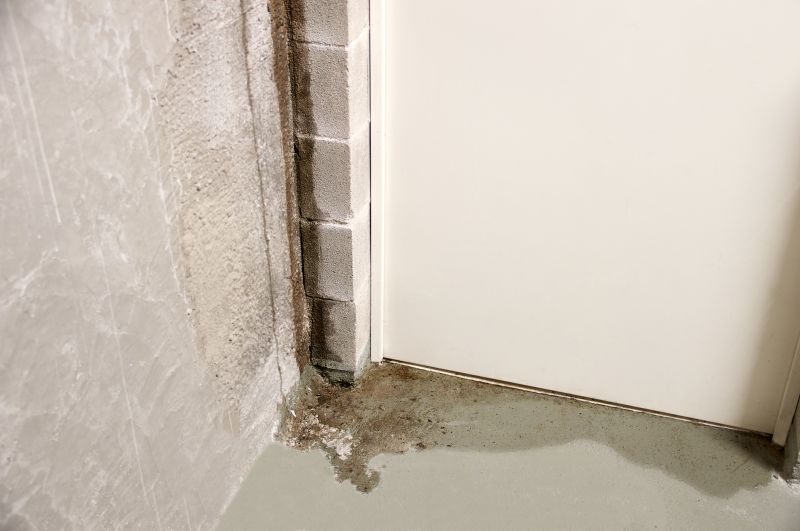
Addressing moisture issues prevents future joist deterioration.
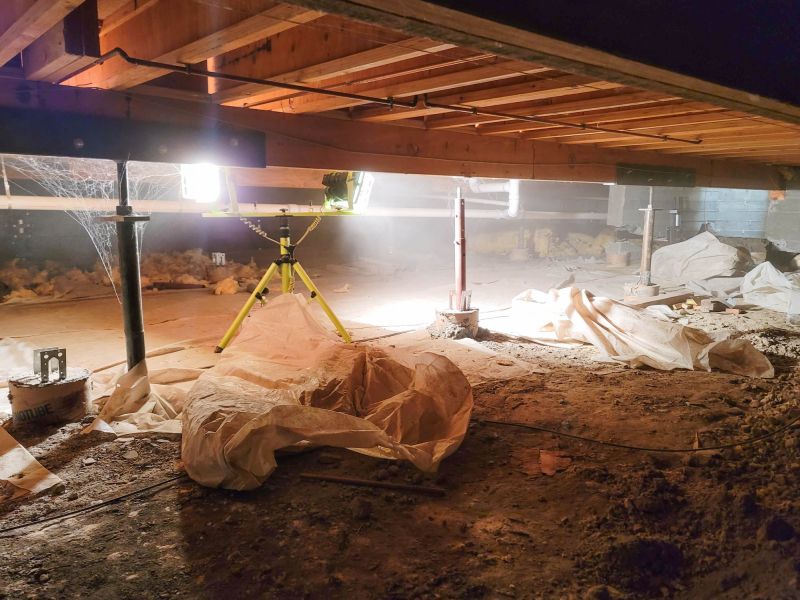
Little measurements that prevent headaches on Basement Joist Repairs day.
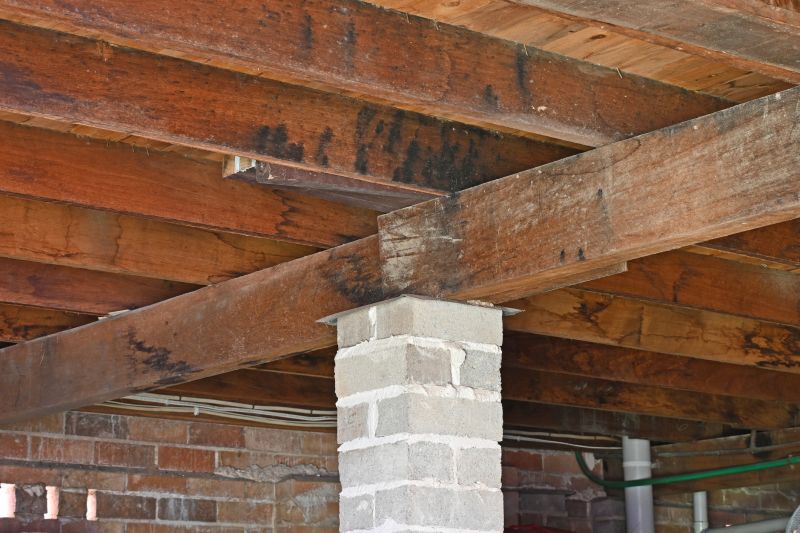
A 60-second routine that keeps Basement Joist Repairs looking new.

A frequent mistake in Basement Joist Repairs and how to dodge it.
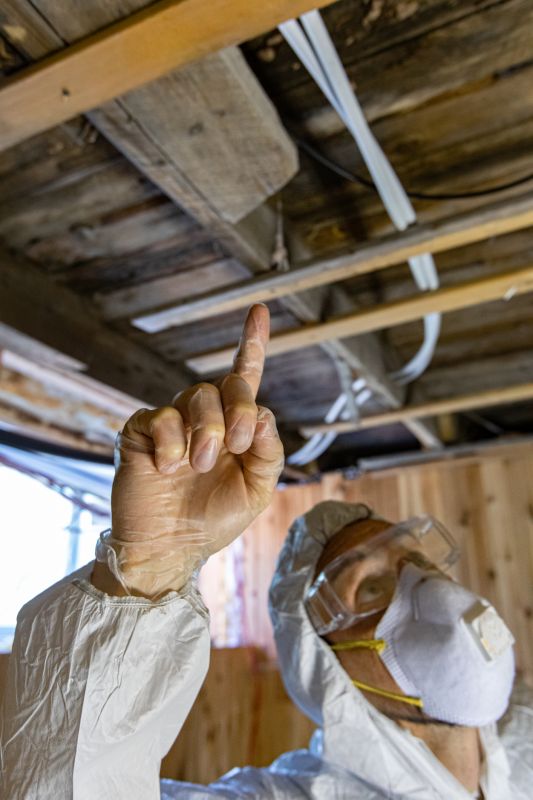
Small tweaks to make Basement Joist Repairs safer and easier to use.

Lower-waste or water-saving choices for Basement Joist Repairs.
Interested in scheduling basement joist repairs? Filling out the contact form provides a convenient way to initiate the process and receive professional guidance tailored to specific needs.
